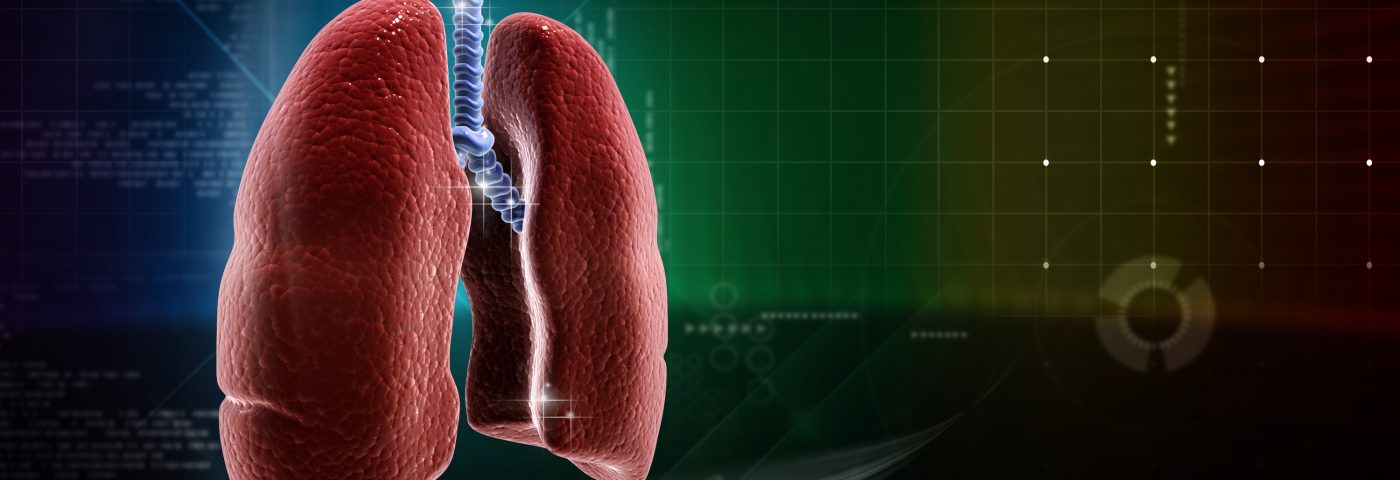Researchers at the University of Pennsyvania School of Medicine, Cincinnati Children’s Hospital and Boston University were awarded a seven-year, $5.2 million grant to study mechanisms that promote lung regeneration.
The grant is from the National Heart, Lung, and Blood Institute of the National Institutes of Health (NIH).
The funding’s main goal is to develop therapies for children with congenital lung conditions and adults with lung damage caused by genetic defects, smoking, and acute injury.
The Penn Medicine-Cincinnati Children’s-Boston University group is one of seven new research centers of the new Progenitor Cell Translational Consortium (PCTC), a collaborative project for investigators in the lung, heart, blood, and technology fields from various institutions in the U.S.
The NIH has committed $40 million over the next seven years to go to institutions that will advance the consortium’s goals of translating research in progenitor cell biology to new treatments for heart, lung, and blood diseases. In addition, $8.2 million will be provided for a coordinating center to manage the consortium’s activities and outreach.
The research groups will use patient-specific induced pluripotent stem cells (iPSCs) combined with bioengineering advances and genome editing to develop personalized disease models and tissues for regenerative medicine.
Induced PSCs are a type of stem cell that can be generated directly from adult cells. iPSCs hold great promise in the field of regenerative medicine because they can propagate indefinitely, as well as give rise to every other cell type in the body. iPSCs represent a single source of cells that could be used to replace those lost to damage or disease.
Edward Morrisey, PhD, is leading the Penn Medicine component of the PCTC. Morrisey serves as scientific director of the Penn Institute for Regenerative Medicine, is the Robinette Foundation Professor of Medicine, and is a cell and developmental biology professor. He is also the director of the Penn Center for Pulmonary Biology in the Perelman School of Medicine.
“The aim of our consortium is to harness the innate power of stem and progenitor cells in the lung to promote repair and regeneration and target them using emerging techniques for promoting tissue regeneration,” Morrisey said in a news release.
“We will be examining both pediatric and adult populations since many children suffer from chronic lung diseases such as severe asthma and cystic fibrosis. In adults, we are interested in determining whether we can harness the innate ability of the lung to repair and regenerate to treat chronic lung diseases as well as acute injury,” he said.
The Penn group will also explore whether new advances in gene editing can be used to treat postnatal lung diseases. The team will mainly work on one type of progenitor cell called alveolar type 2 (AT2) cells.
The alveoli of the lung (where the oxygen exchanges take place) are lined with both AT2 and AT1 cells. AT2 cells generate pulmonary surfactant, a substance composed of lipids and proteins that prevents alveolar collapse at low lung volume, and preserves bronchiolar patency during normal and forced respiration. Pulmonary surfectant also fights lung infections.
When properly functioning, AT2 cells divide to substitute old or damaged lung cells, including AT1 cells, preserving lung health. When not working normally, these cells can cause defective lung cell regeneration and other lung conditions.
Using mouse and human lungs, Penn researchers are hoping to better understand AT2 cells and the role they play in lung function and repair. With this knowledge, the researchers will seek to determine if the AT2 cells can be targeted through gene editing methods to modify their regenerative potential or correct gene mutations.
The research will focus on the role played by the ABCA3 gene in AT2 cell biology. Mutations in this gene are responsible for up to 50 percent of cases of full-term infants with congenital pulmonary diseases who are resistant to traditional treatments. The only current treatment option for diseases caused by this mutation is a lung transplant.
“Using disease-inducing ABCA3 mutations as a paradigm for congenital lung disease, we will target AT2 cells to correct these mutations as well as attempt to promote lung regeneration,” Morrisey said. “Ultimately, we hope to use lung stem and progenitor cells for treatment of various forms of lung disease.”


How soon for human testing? And will there be testing in Wa. state? I have pulmonary fibrosis.
Thank you.
How do you become part of the process? I’d love to be part of the research
Do the researchers need subjects for experiments? I have advanced COPD but am relatively healthy otherwise.
Sounds promising l have advance stage of IPF have already lost my brother ,uncle and sister to this disease.would be interested in this treatment or study of it . If you are looking for patients or test subjects I’m willing.I live in chino ,ca
Hi everyone, there is no information available yet concerning when these studies will start and which locations will be involved. In any case, if you are interested in receiving information on clinical trials on lung diseases, please contact us through this form: http://lungdiseasenews.com/clinical-trials/
Thank you